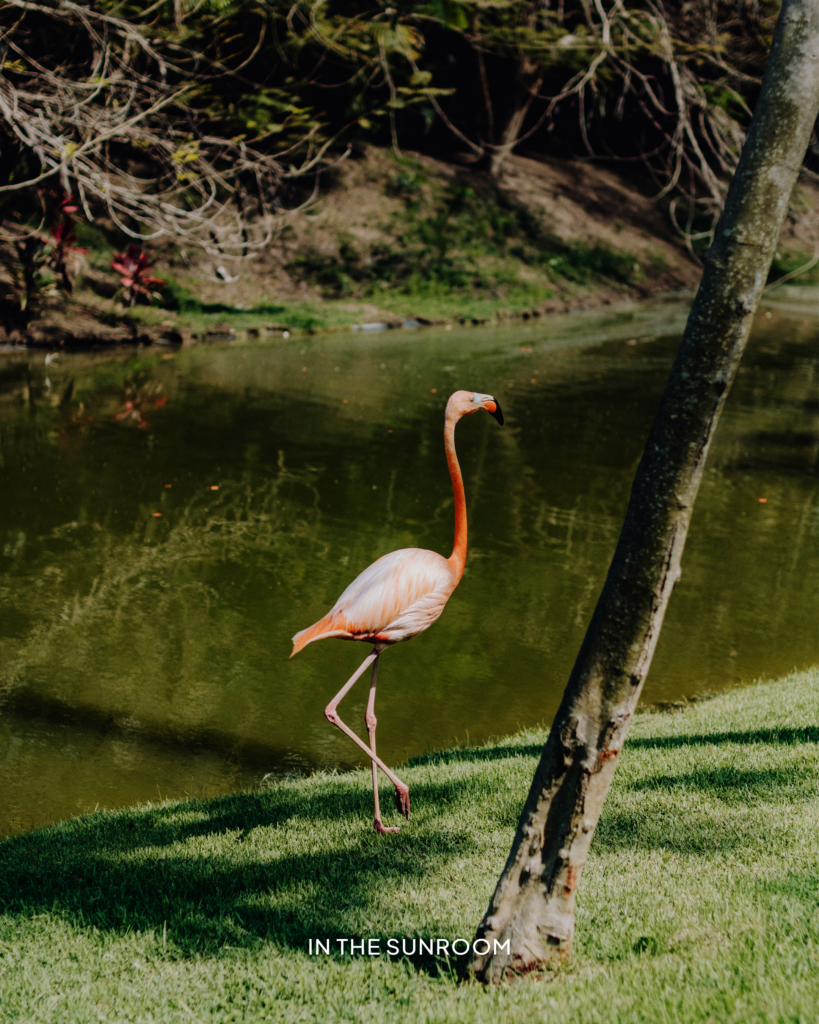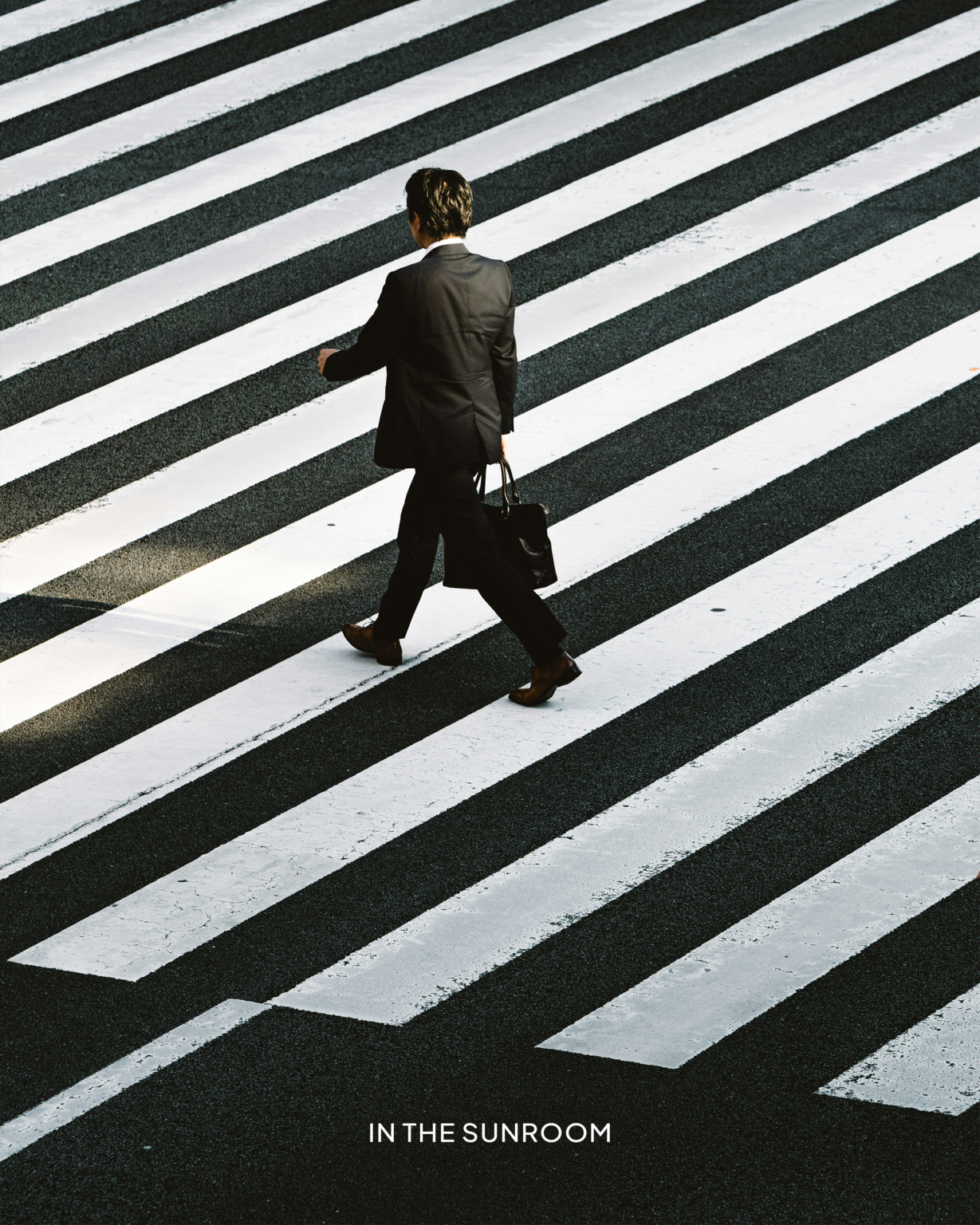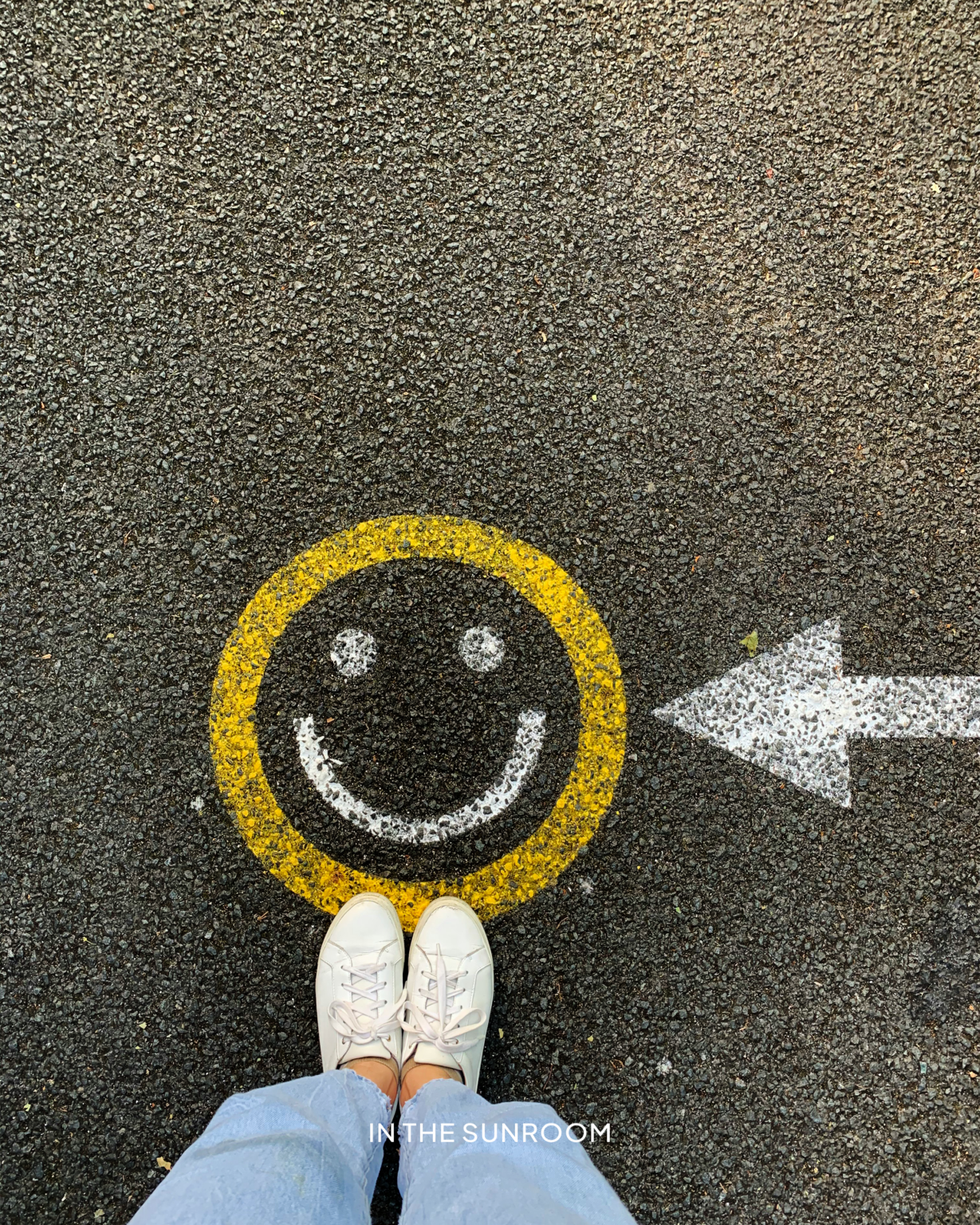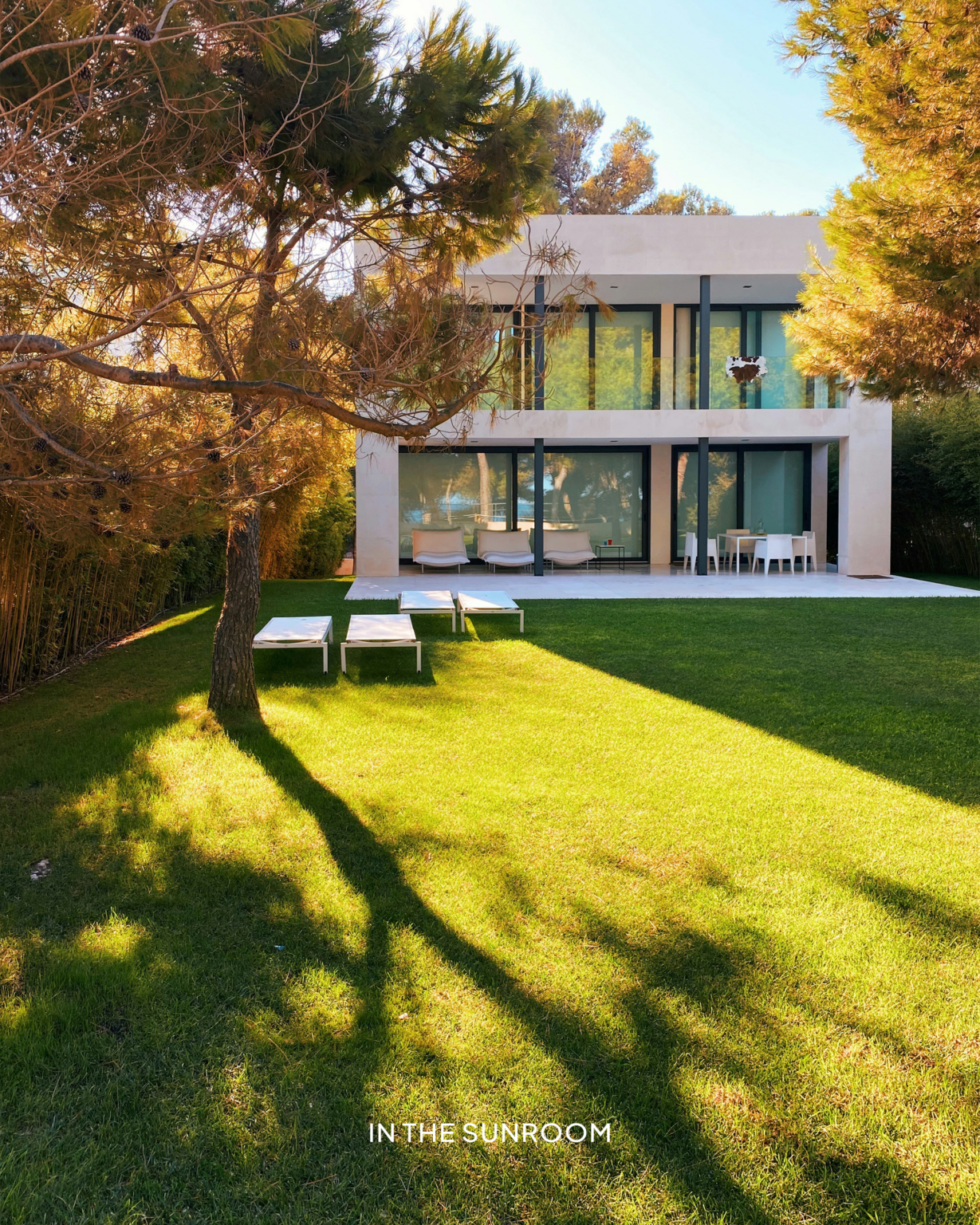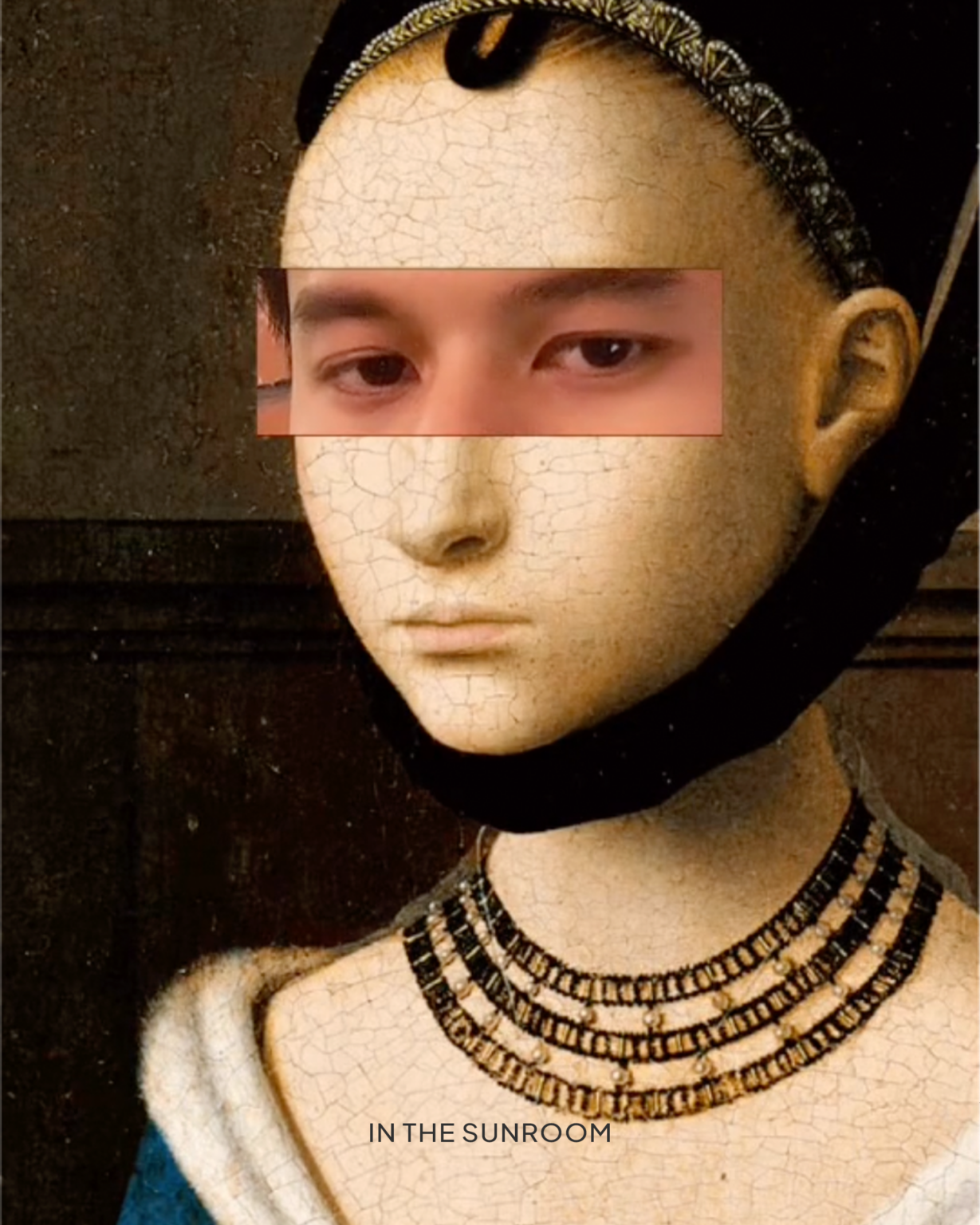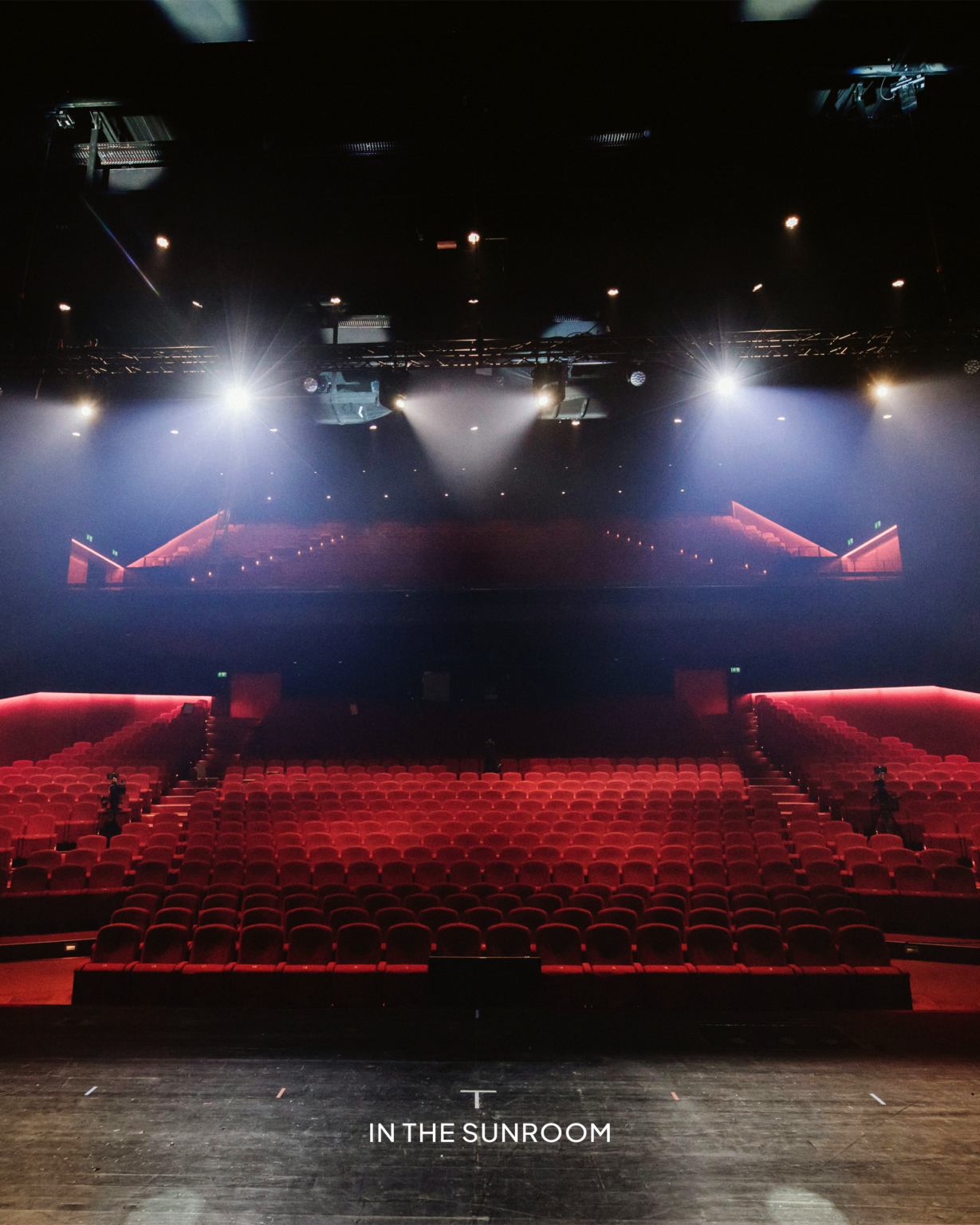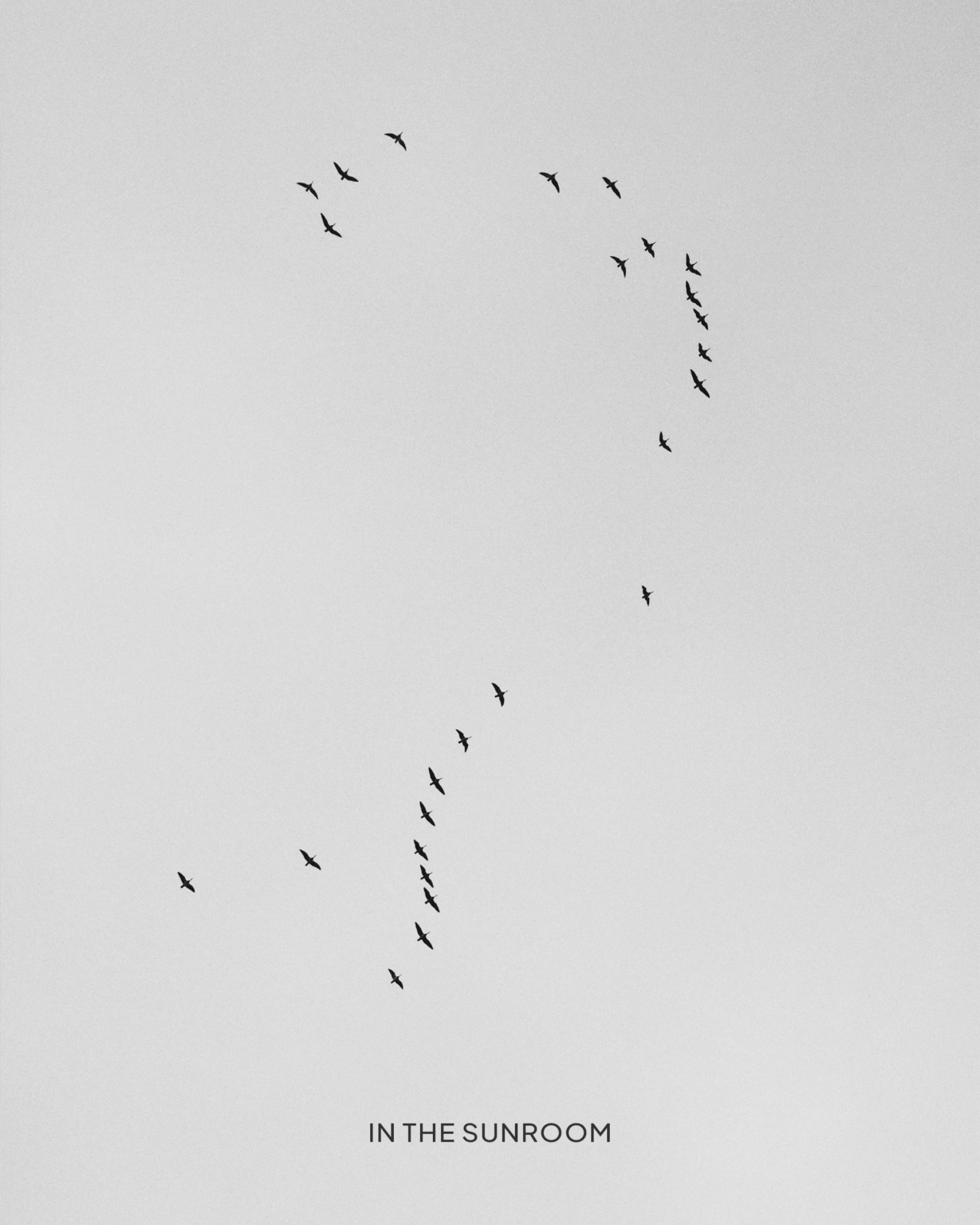In my first and second businesses, I paid no attention to brand archetypes at all. I focused on logistics and products and then budgets and operations. But after over a decade in marketing, I knew better. Over time, I developed and grew the Sunroom brand slowly from one that offered training and workshops to small businesses to coaching and consulting for a very specific niche today.
Knowing brand archetypes, I navigated branding businesses differently. I didn’t want to dilute the brand’s strengths and confuse my audience—everything has to click. And I can’t risk “winging it.” A clear identity rooted in psychological patterns will make brands instantly relatable and unforgettable.
As an entrepreneur, understanding businesses brand archetypes is like having a blueprint for building a personality for your business. It’s a way to define how you show up in the world, how you connect with your audience, and what values guide your every move—even what you communicate on social media.
However, brand archetypes aren’t a one-size-fits-all solution. The magic lies in how you use them to shape your business based on your industry, audience, and goals.
Table of Contents
What are Brand Archetypes?
At their core, brand archetypes have their roots in psychology and are storytelling tools. Inspired by Carl Jung’s psychological archetypes, they represent universal characters and patterns that resonate deeply with human emotions and experiences.
There are 12 main archetypes, each with its own personality, values, and voice:
- Ruler: Control, Powerful, Confident, Elite-status
- Caregiver: Service, Responsible, Patient, Compassionate
- Creator: Innovation, Creative, Artistic, Non-conforming
- Lover: Intimacy, Passionate, Sensual, Faithful
- Jester: Pleasure, Humourous, Irreverent, Original
- Everyman: Belonging, Down-to-earth, Fairness, Respect
- Innocent: Safety, Sense of Wonder, Pure, Honest
- Sage: Knowledge, Intelligent, Wise, Truth-seeking
- Explorer: Freedom, Independent, Brave, Self-sufficient
- Hero: Mastery, Self-sacrifice, Brave, Redeeming
- Magician: Power, Intuition, Charismatic, Highly evolved
- Outlaw: Liberal, Risk-taking, Progressive, Challenging
Think of brand archetypes as the “DNA” of your businesses. Accordingly, they define how your brand behaves, what it stands for, and how it makes people feel. Each of these archetypes represents a distinct personality that your brand may resonate with and can use to communicate more consistently and deeply with your community.
“Each archetype represents a distinct personality that your brand may resonate with and can use to communicate more consistently and deeply with your community.”
Why Businesses Need Brand Archetypes
As a business, your brand archetype does three critical things:
- Clarifies Your Identity: It defines who you are and what you stand for, making it easier to create cohesive messaging.
- Connects Emotionally: Archetypes tap into universal human emotions, making your brand more relatable and memorable.
- Guides Your Strategy: From marketing to product development, your archetype acts as a compass, ensuring that every decision aligns with your identity.
Certainly, this transform what may have felt scattered or generic to become focused, compelling, and unmistakably “true-to-self.”
How Different Archetypes Shine in Different Industries (With Examples)
Every industry has unique dynamics, and the best archetype for your business depends on the role you want to play in your audience’s life.
The Hero - Kobe Bryant
Hero archetypes are all about courage, perseverance, and triumph. Brands that embody the Hero inspire their audience to overcome challenges and achieve greatness.
Kobe’s “Mamba Mentality” mantra is a Hero rallying cry. His branding encourages athletes (and aspiring athletes) to push their limits and conquer their goals. Undoubtedly, you’ve seen Kobe in published interviews where he talks about the nitty gritty of success to inspire others to overcome challenges and scale greatness after greatness just like he did.
For businesses: If you’re in fitness or wellness—say, you’re a personal trainer or a gym owner—the Hero archetype can position your brand as a source of empowerment and transformation. So, your messaging might focus on overcoming obstacles, building resilience, and achieving personal wins.
The Creator - Gary Vaynerchuk
Creator archetypes value imagination, originality, and self-expression. It’s perfect for brands that thrive on innovation and artistry.
Gary’s branding celebrates creativity, encouraging users to “do something—anything!” His messaging empowers creators to turn ideas into reality, making him the go-to brand for entrepreneurs. Gary uses his brand voice in many ways and leverages heavily on storytelling to make his point.
For businesses: If you’re in the creative—design, art, or content creation—space, the Creator archetype can highlight your commitment to originality and craftsmanship. Then, your messaging might revolve around unlocking creativity and inspiring others to create.
The Explorer - Mark Cuban
Explorer archetypes are adventurous, curious, and independent. It appeals to people who crave new experiences and freedom.
Mark absolutely thrives on the Explorer archetype, encouraging others through his business ventures and personal philosophy of seeking innovation, challenging norms, and venturing into uncharted territories. Unquestionably so, his brand is about pushing boundaries and discovering the unknown by investing in emerging technologies and participating in startups with unconventional ideas.
For businesses: If you value discovery and independence, the Explorer archetype can help you connect with audiences who share the same values.
The Outlaw - Elon Musk
Outlaw archetypes are bold, rebellious, and unapologetic. It’s for brands that challenge the status quo and dare to be different.
The Elon Musk brand screams freedom, rebellion, and nonconformity, perfectly capturing the Outlaw archetype. Be it through his stakes in Tesla and SpaceX, how he acquired Twitter (now named X), and his venture into unconventional education, he rejects traditional norms and redefines the industries he’s invested.
For businesses: If you’re launching a disruptive startup or breaking traditional industry norms, the Outlaw archetype can position your brand as daring and visionary. Just be prepared to back it up with bold actions!
Choosing the Right Archetype for Your Brand
Here’s the fun (and slightly challenging) part: finding the brand archetype that best represents your businesses.
Ask yourself:
- What emotions do I want my brand to evoke?
- What role do I want my brand to play in my audience’s life?
- What values are at the core of my business?
Your brand archetype should align with your business vision, your audience, and your industry dynamics. And remember, you’re not limited to one archetype—you can layer them to add depth and dimension.
For instance, a boutique fitness studio might combine the Hero (empowerment) with the Creator (self-expression) to create a brand that inspires clients to transform themselves while enjoying the journey.
Your Archetype, Your Advantage
Business brand archetypes are more than just a marketing tool—they’re a way to bring clarity, focus, and emotional resonance to your business. Entrepreneurs, your brand archetypes can be a game-changer.
When you embrace an archetype, you’re not just building the operation of a business—you’re creating a brand that feels like a trusted friend, a source of inspiration, or a beacon of hope. You’re telling a story that your audience wants to be a part of.
So, if you’re ready to take your branding to the next level, start with this: What’s your story? What role do you want to play in your audience’s life? Find your archetype, lean into it, and watch your brand come alive.
Because in the end, the most memorable brands aren’t just businesses—they’re characters in the stories we carry with us.
